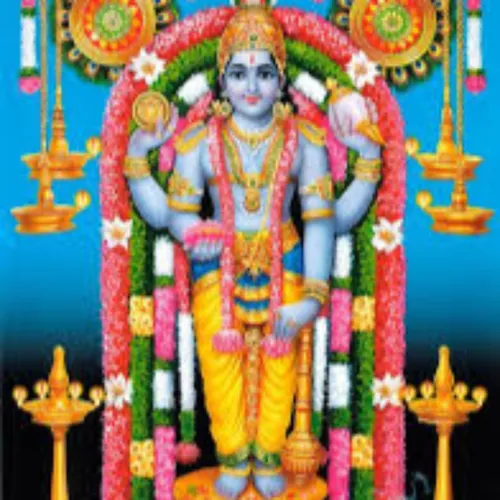
Srimad Narayaneeyam
Narayaneeyam is a celebrated Sanskrit devotional hymn composed by Melpathur Narayana Bhattathiri in 1586 AD. It condenses the 18,000 verses of the Bhagavata Purana into 1,036 verses, praising Lord Narayana (Vishnu) and his avatars. Bhattathiri wrote it while suffering from severe rheumatism, after praying to transfer the illness from his guru to himself. Composing Narayaneeyam at the Guruvayur temple, he chanted one chapter daily, seeking divine healing. On completing the hundredth chapter, he is said to have been cured by Lord Krishna’s grace.
- Update frequency
- every day
- Average duration
- 9 minutes
- Episodes
- 103
- Years Active
- 2025
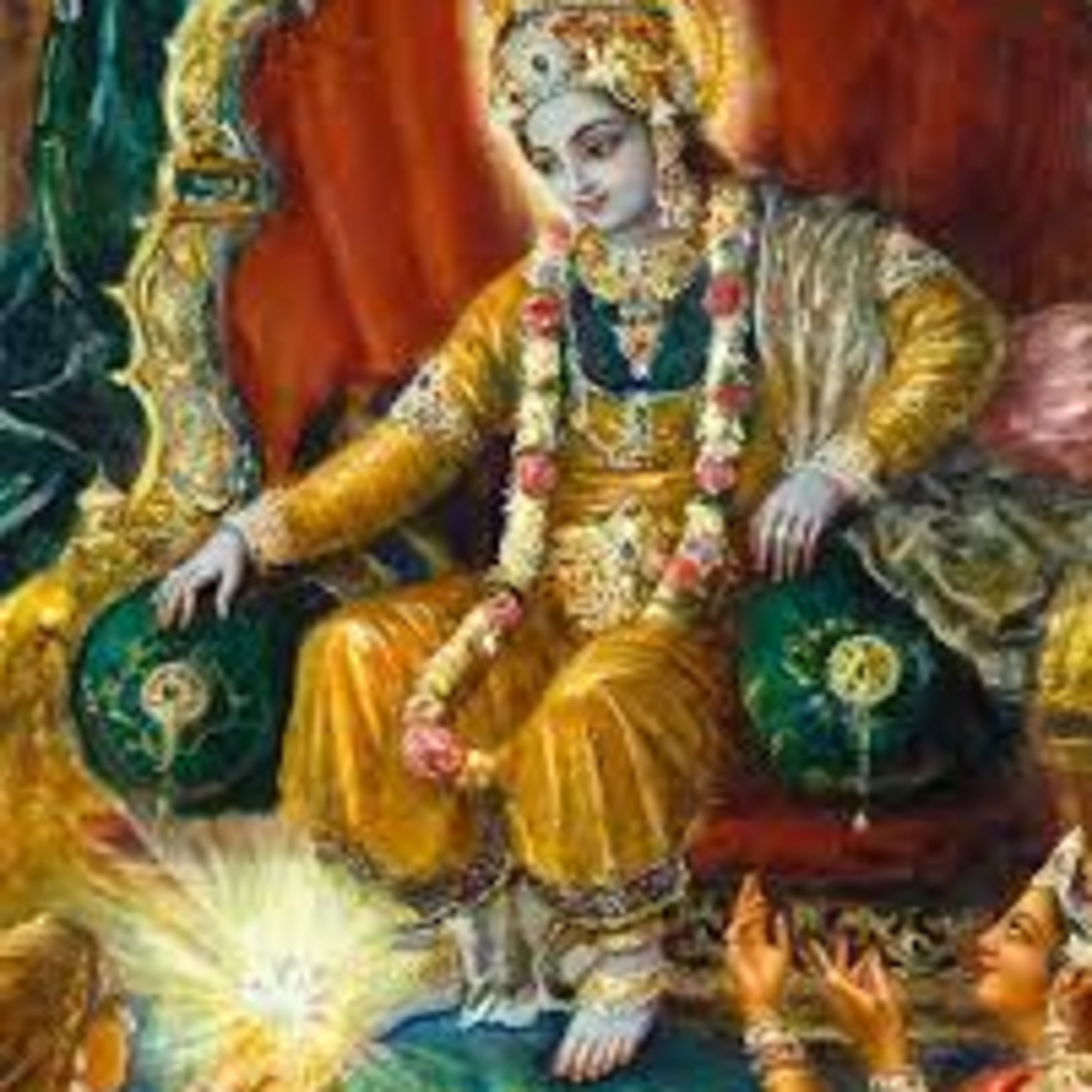
Dashak 080 The Store of Shyamantakaam
The story of the Syamantaka gem (Shyamantakam) in the Narayaneeyam, particularly in Dasakam 80, centers around a precious jewel given by the sun-god Surya to King Satrājit as a token of favor. This j…
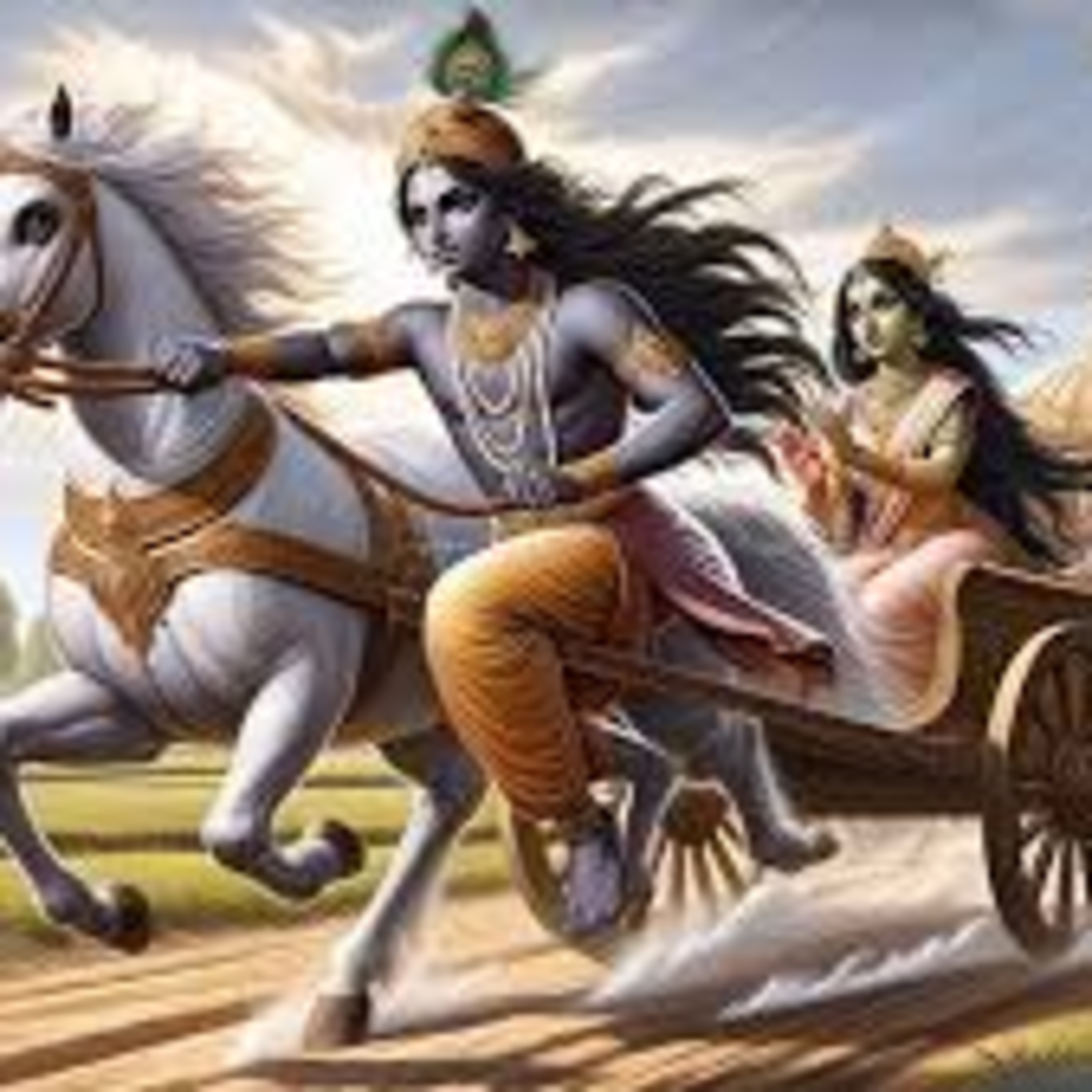
Dashakam 079 Abduction of Rukmini
The abduction of Rukmini in the Narayaneeyam is described in Dasakam 79. After receiving a heartfelt message from Rukmini expressing her love and plea for rescue from her unwanted marriage to Shishup…
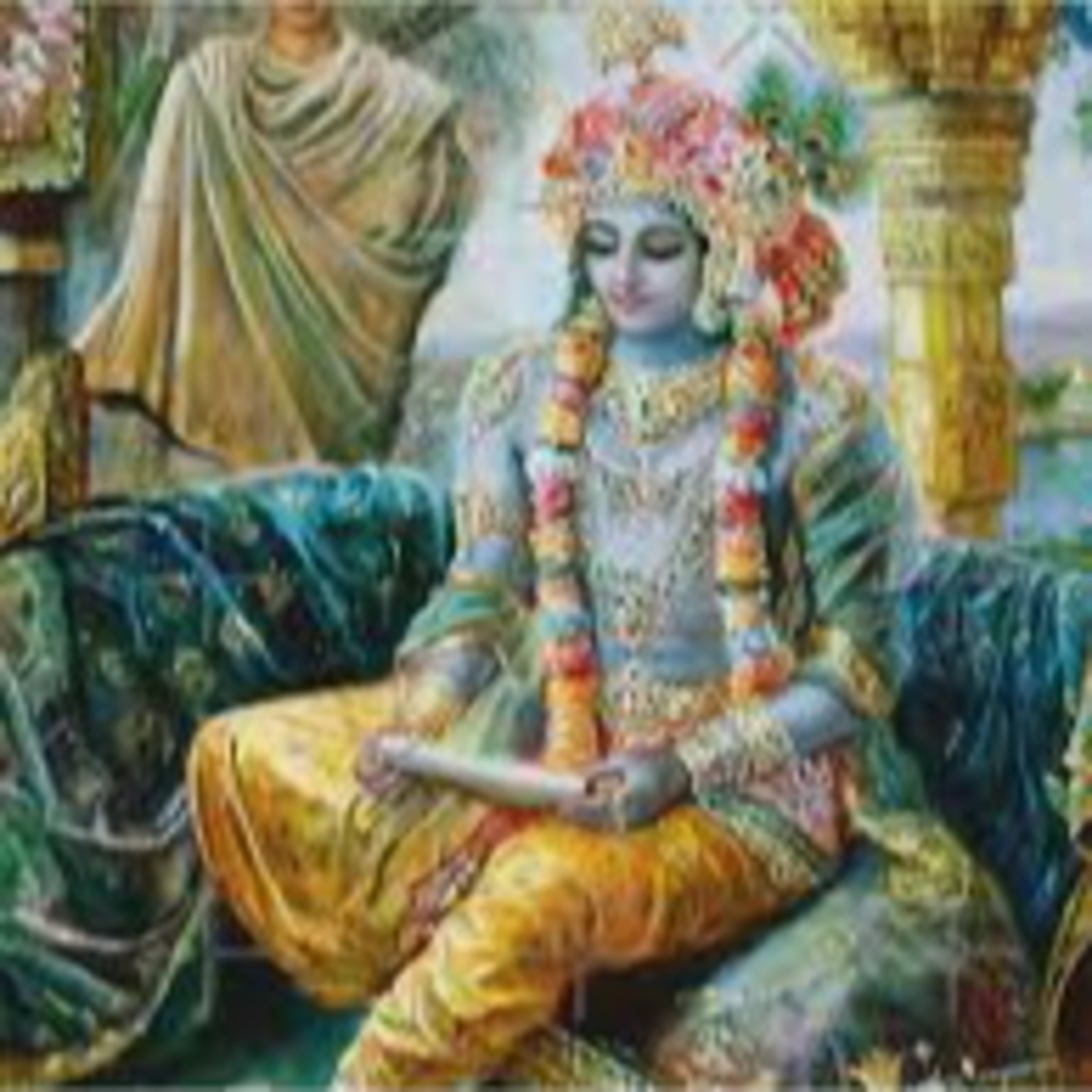
Dashakam 078 Life in Dwaraka & Message from Rukmini
Dashakam 78 of Narayaneeyam is important as it describes the life of Lord Krishna in the newly established city of Dwaraka, which was divinely designed and fortified in the ocean. It highlights the j…
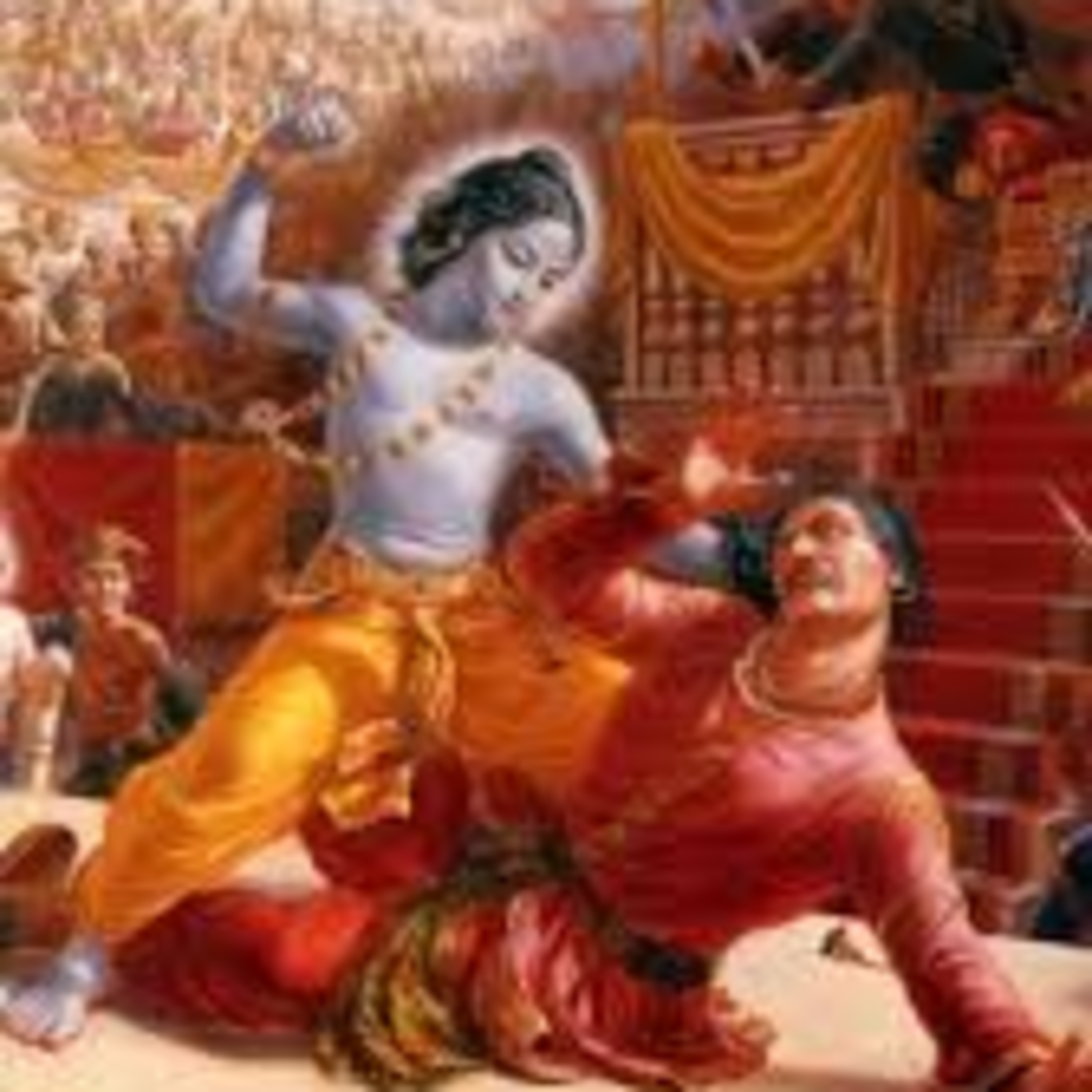
Dashakam 077 Love with Shailandri & Killing of Jarasandha & Kalayavanha
Dashakam 77 of the Narayaneeyam is significant as it narrates multiple important events related to Lord Krishna's life and divine pastimes. It describes how Krishna fulfills the passionate yearning o…
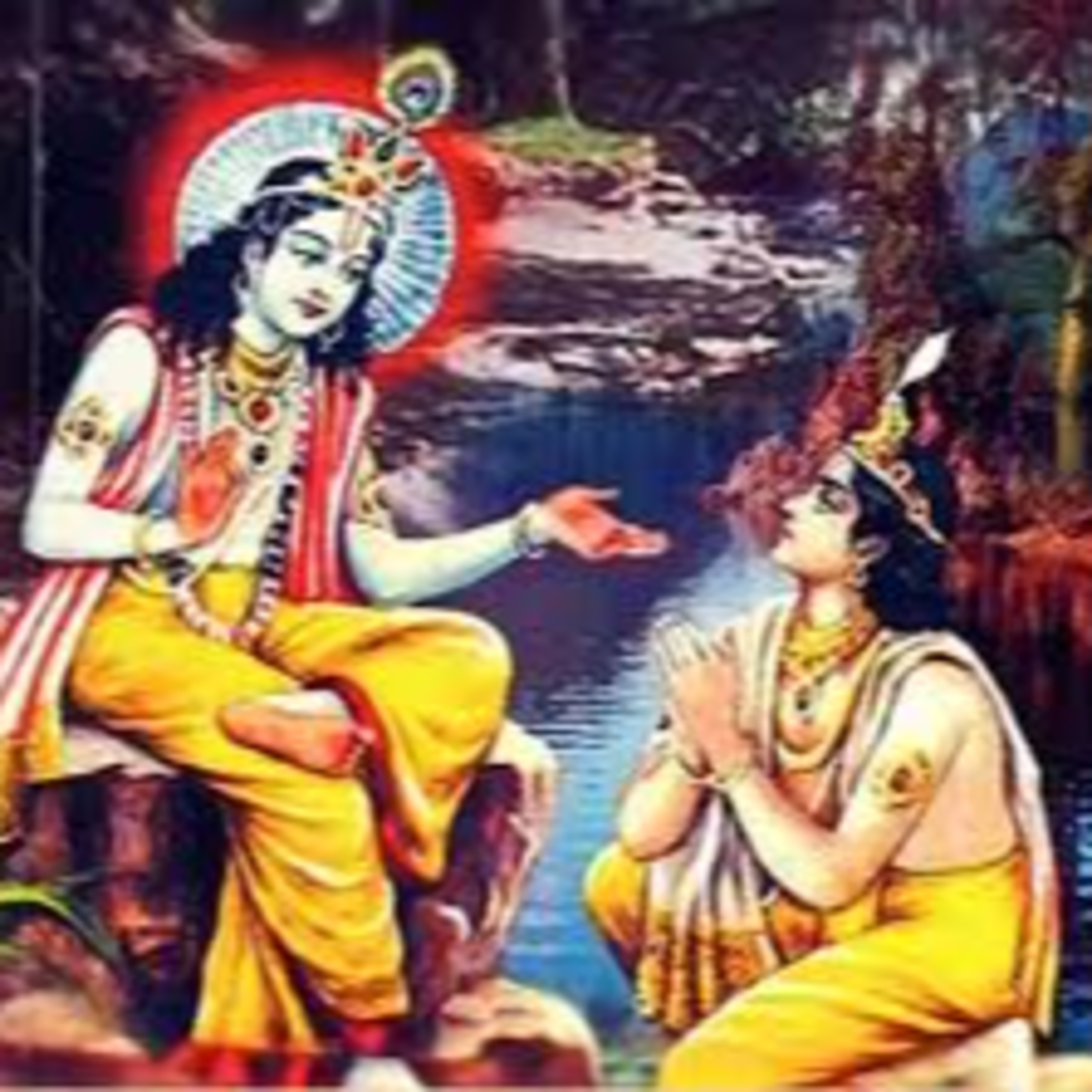
Dashakam 076 Utilising Services of Uddhava
In Narayaneeyam, the services of Uddhava to Sri Krishna are highlighted primarily in Dashakam 76. Uddhava is depicted as Krishna’s close and trusted friend, who acts as a messenger sent by Krishna to…

Dashakam 075 Kansa Vadam.
Kansa Vadham—the slaying of the tyrant Kansa by Krishna—forms the central theme of Dashakam 75 of Narayaneeyam. This episode marks the culmination of Krishna’s divine mission in Mathura, symbolizing …
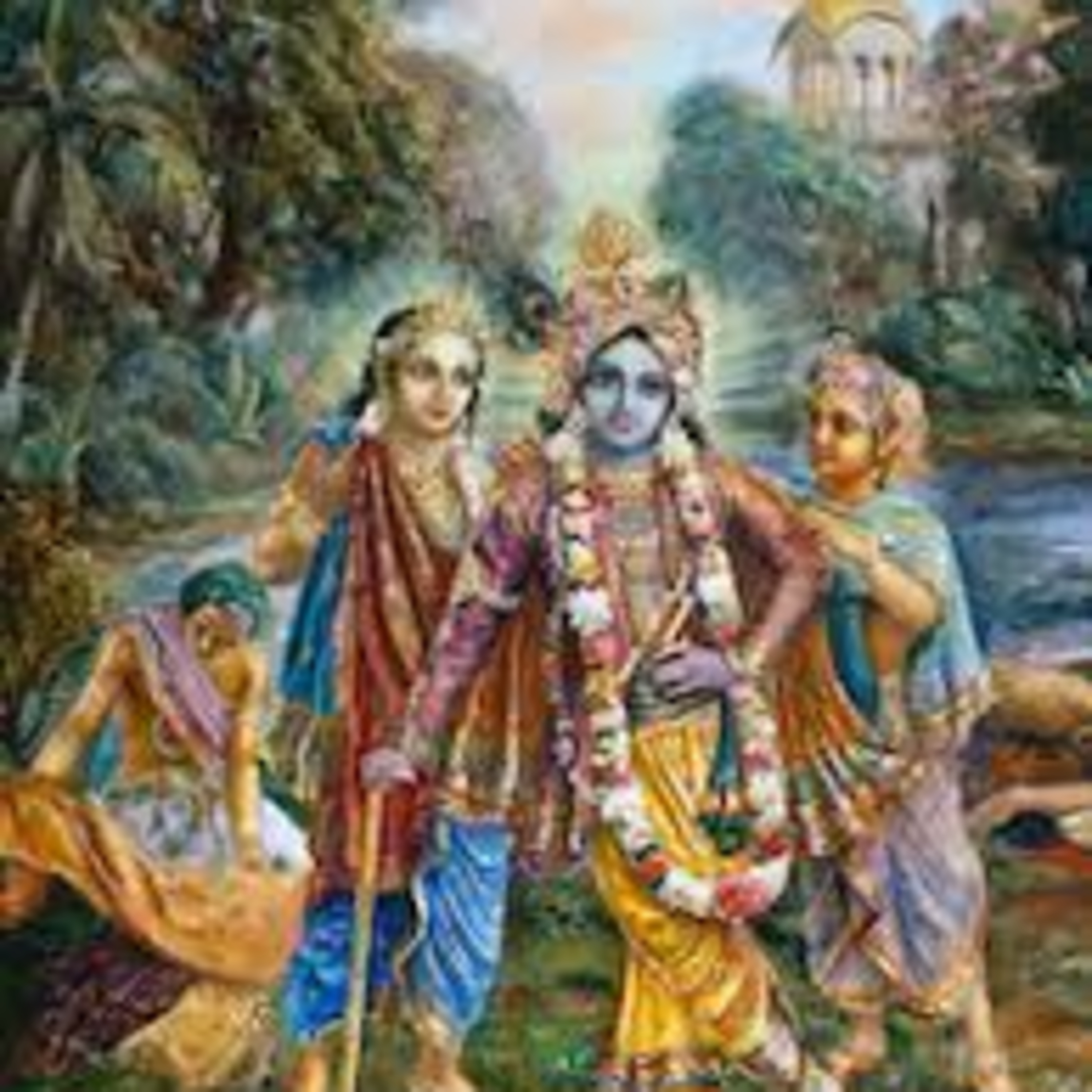
Dashakam 074 Lord Krishna & Baalarams Entry into Mathura
This Dashakam of Narayaneeyam is significant for vividly describing Lord Krishna’s entry into Mathura, marking a pivotal moment in the narrative. This Dasakam portrays Krishna’s arrival in the city, …
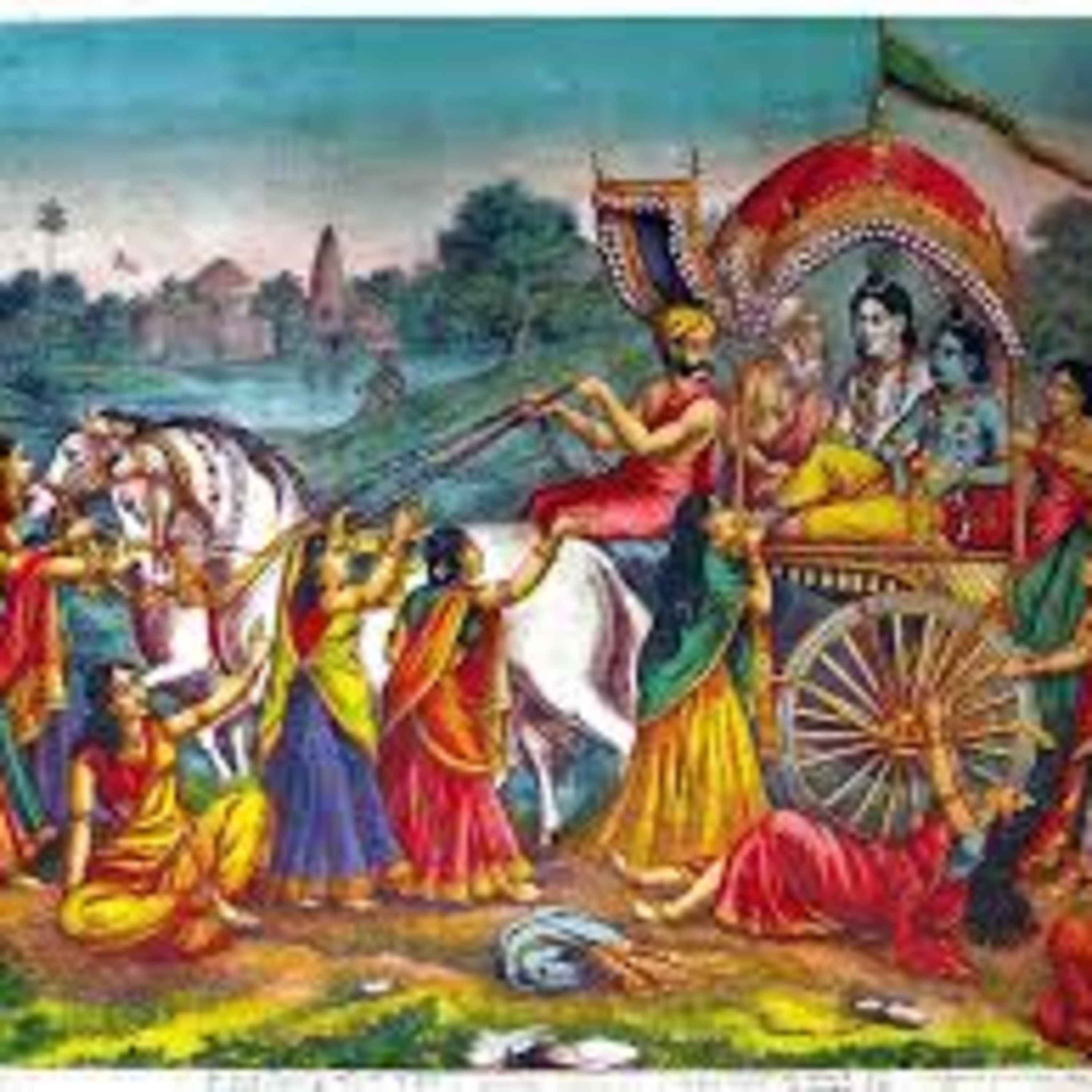
Dashakam 073 Lord Krishna & Balarama travel to Mathura
This episode holds reverence and importance as it depicts the travel of Lord Krishna and Balarama from Vrindavan to the town of Mathura, accompanied by Akroora. This journey marks a significant trans…
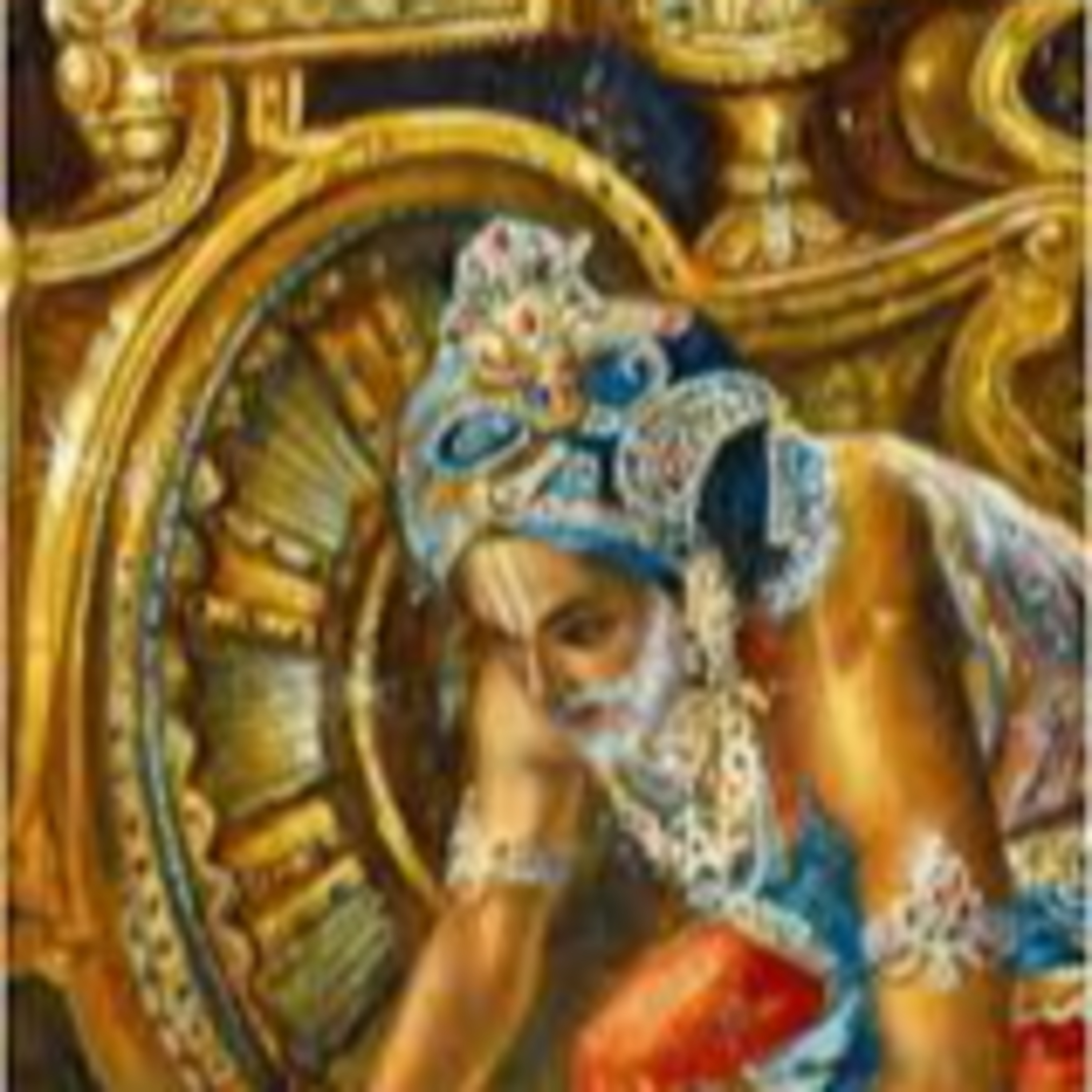
Dashakam 072 Akroora arrives to fetch the Lord
This episode narrates the arrival of Akroora, a devoted Yadava and emissary of King Kamsa, who comes to invite Krishna and Balarama to the ceremonial "Bow-sacrifice" (also known as the Rajasuya Yaga…
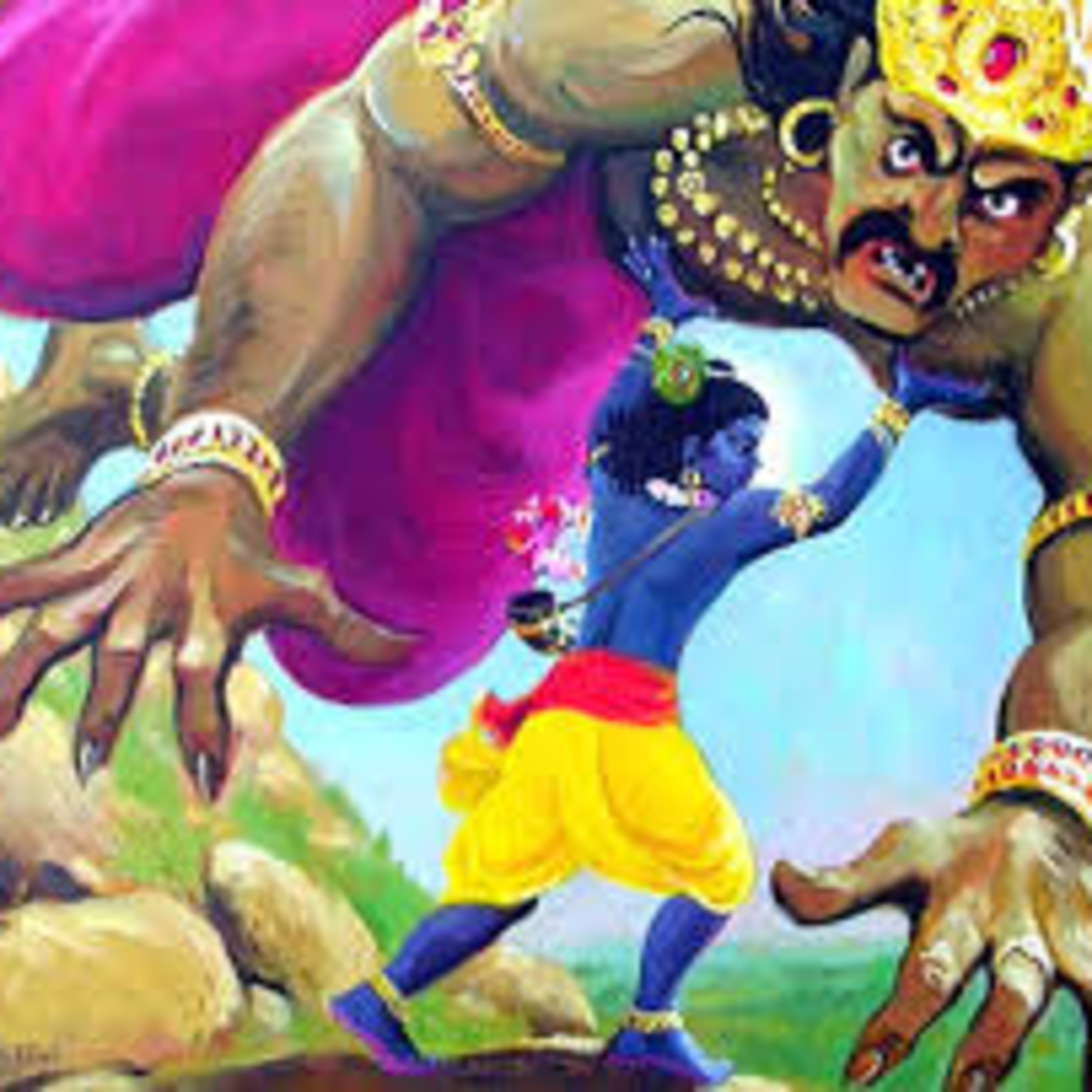
Dashakam 071 Killing of Kesi & Vyomasura
Dashakam 71 of Narayaneeyam is significant as it describes the heroic feats of Lord Krishna in slaying two powerful demons, Kesi and Vyomasura, who threatened the peace and safety of Krishna’s devote…
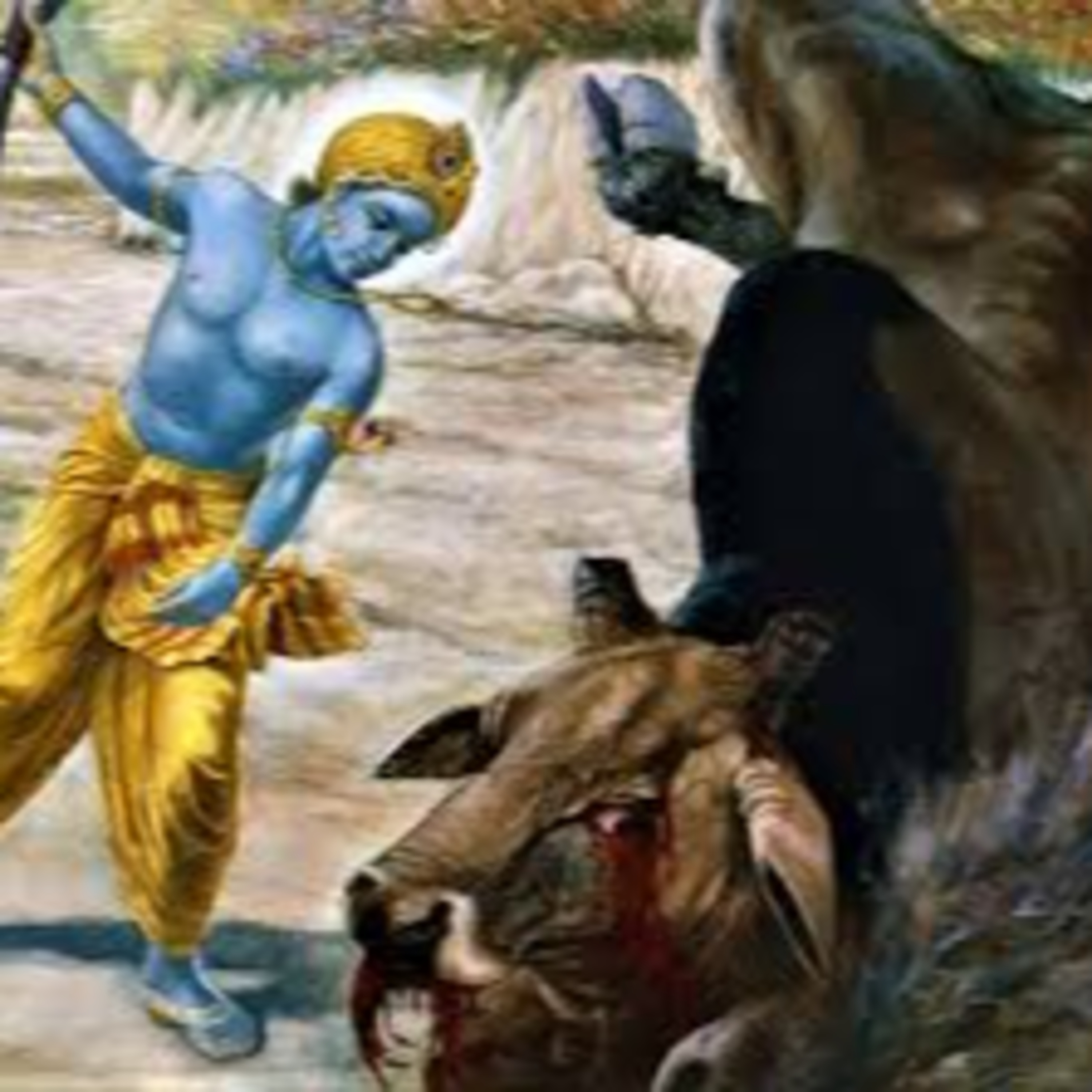
Dashakam 070 Redemption of Sudarshana & Chandra Chuda
This Dashakam is significant because it narrates the episode of the redemption from a curse and the killing of demons Shankhachooda and Arishta, who were formidable enemies threatening Krishna and hi…
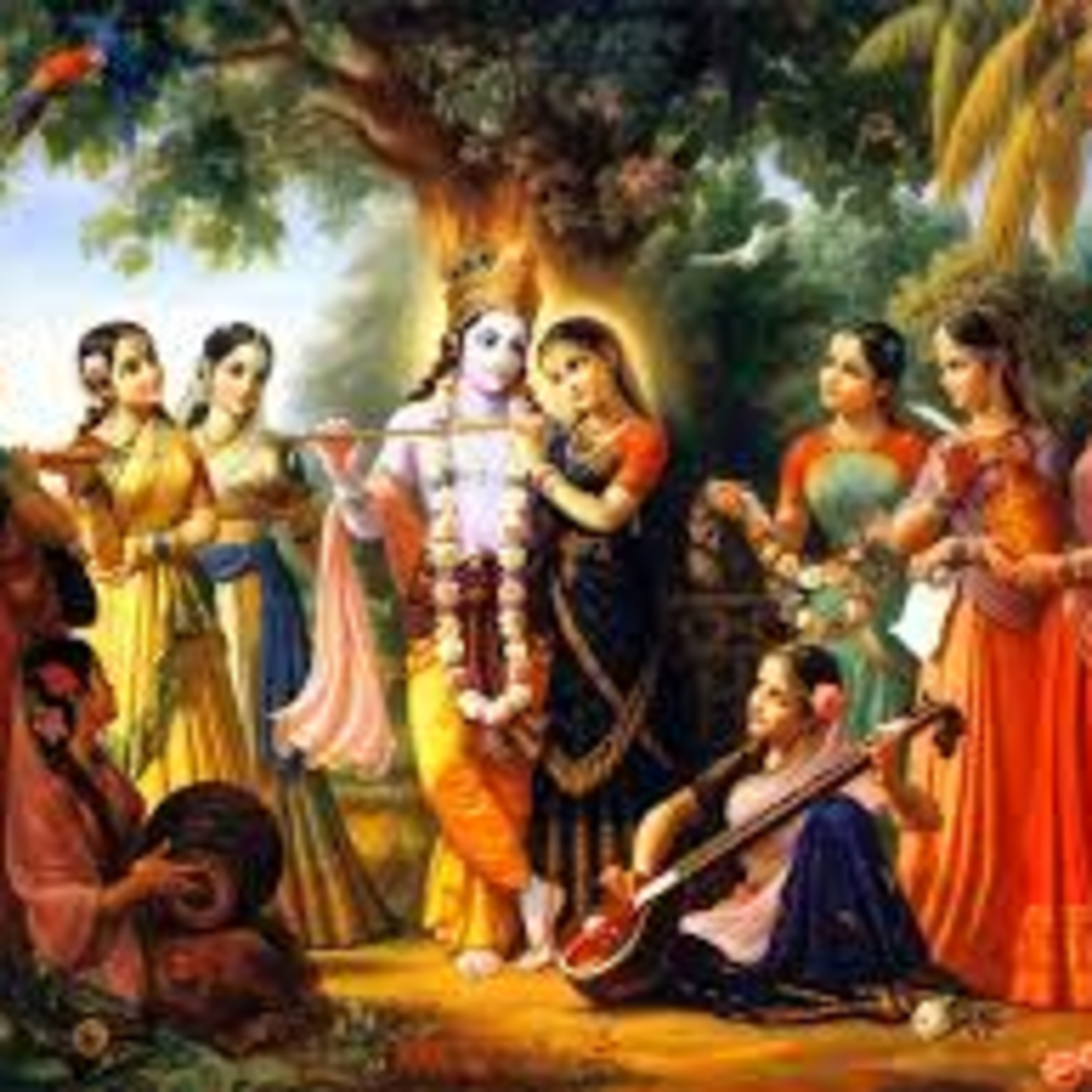
Dashakam 69 Rasa Krida
The Rasa Krida (Rasa Leela) as described in Dashakam 69 of the Narayaneeyam holds profound spiritual significance. It represents the divine dance of love between Lord Krishna and the Gopis of Vrindav…
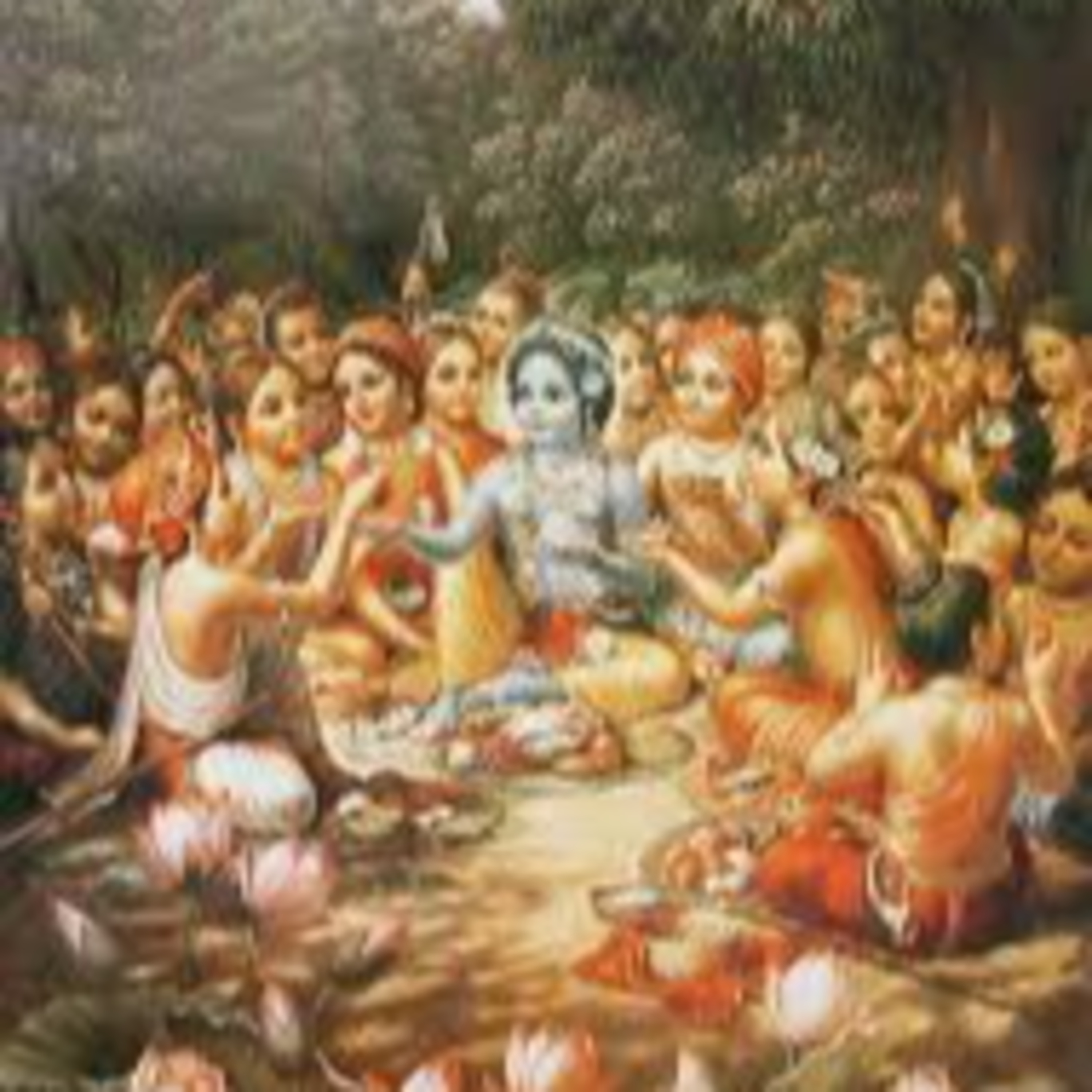
068 Extreme Happiness of GopikaS
This Dashakam is titled "The Extreme Happiness of the Gopikas" and is significant for vividly portraying the intense joy and bliss experienced by the Gopikas upon seeing Lord Krishna. The Dashakam de…
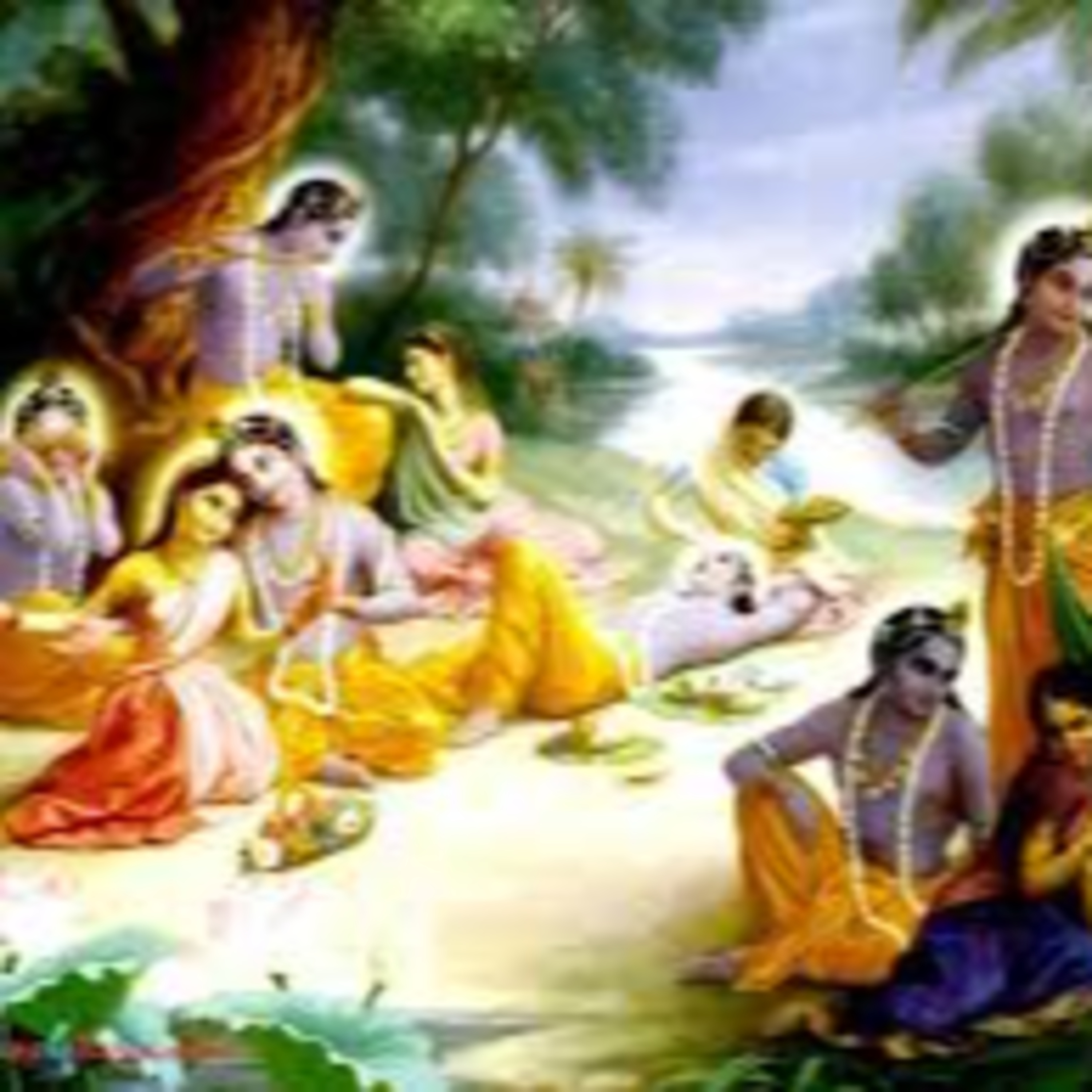
Dashakam 067 Destroying of Gopikas Pride
This Dashakam is significant as it dramatizes a key spiritual lesson in the devotional relationship between Krishna and the Gopis. In this chapter, each Gopi feels possessive and proud, thinking Kri…
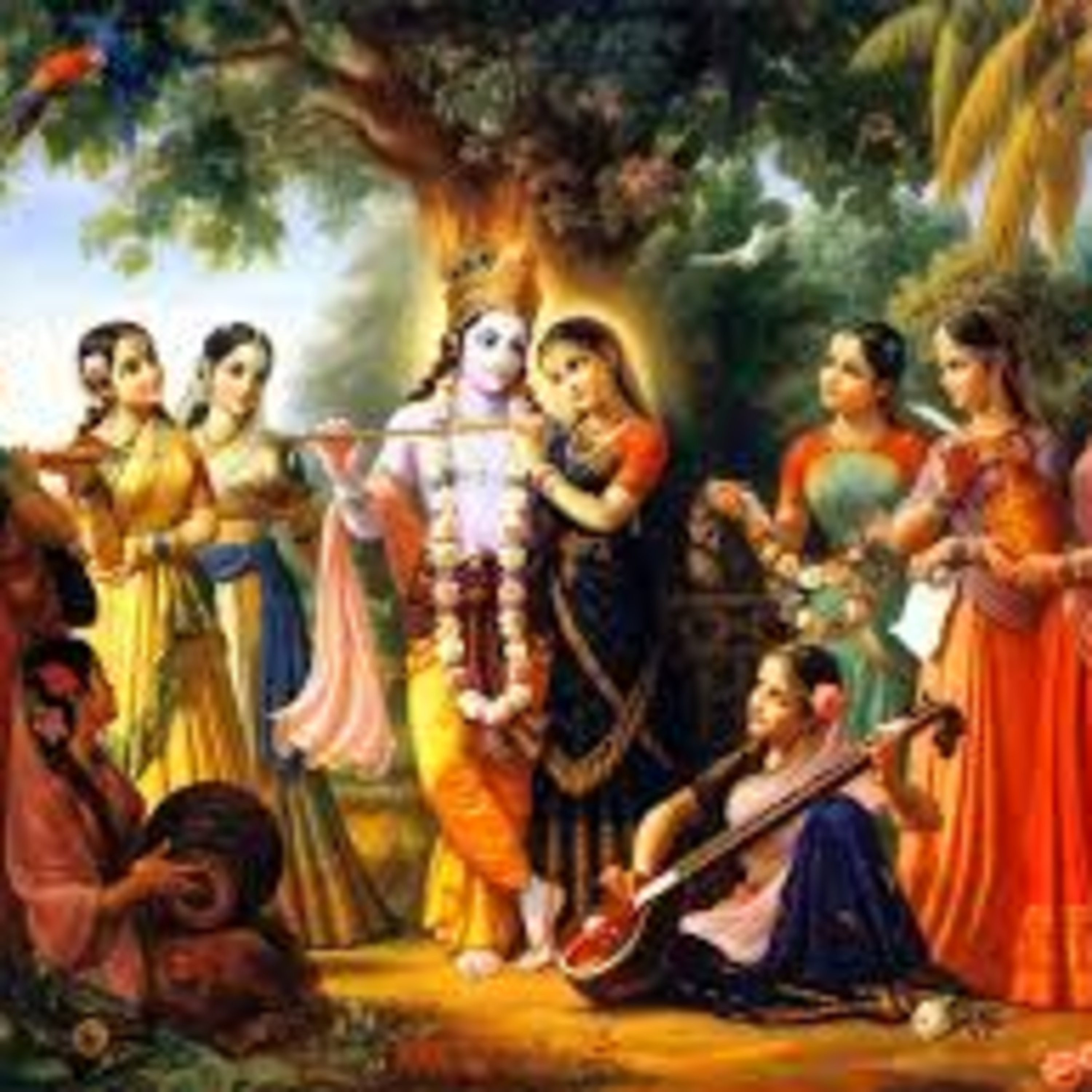
Dashakam 066 Enraptured joy of Gopikas
Dashakam 66 of Narayaneeyam, titled "Delighting the Gopikas," is significant for depicting the enchanting episode where Lord Krishna interacts with the Gopikas (cowherd maidens), who are overwhelmed …
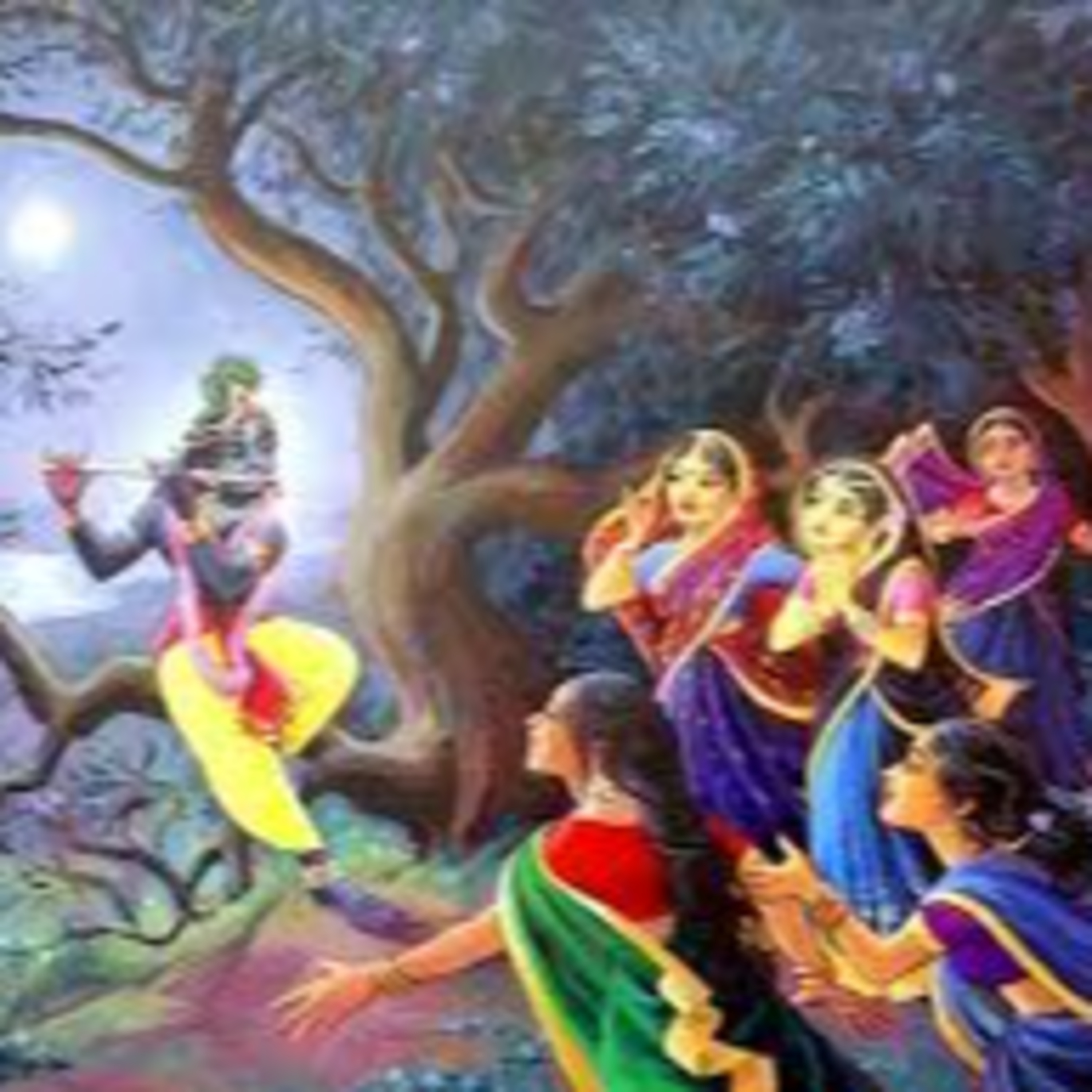
Dashakam065 Gopikas Come to Krishna
Dashakam 65 of Narayaneeyam is important as it describes the close and intimate contact of the Gopis (milkmaids) with Lord Krishna. This Dashakam initiates a series of six chapters that depict the fa…
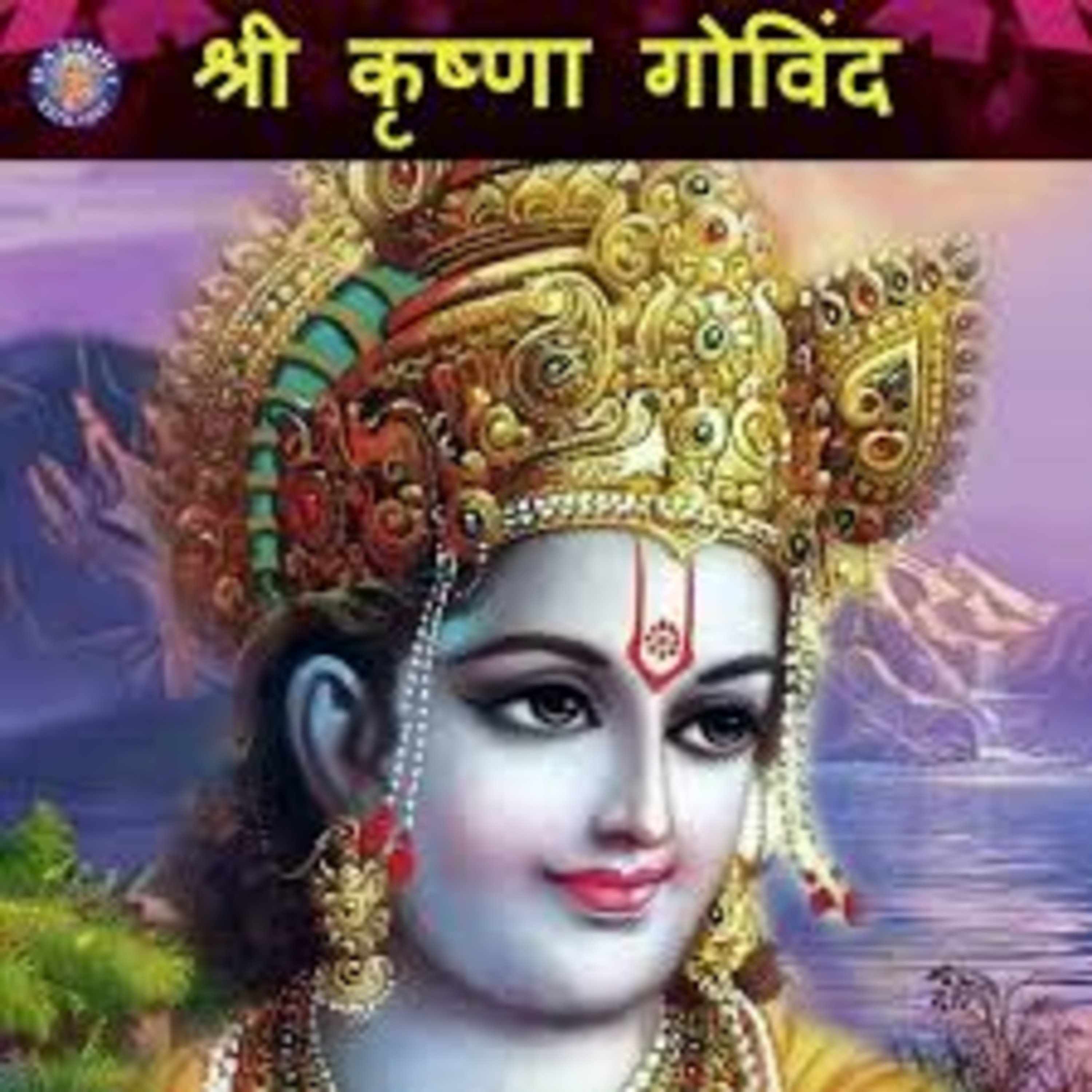
Dashakam 064 Crowning as Govinda
In Narayaneeyam, Dashakam 64 is devoted to the coronation of Krishna as Govinda. This Dashakam narrates how, after witnessing Krishna's divine feats such as lifting Govardhana Hill, the cowherds (Gop…
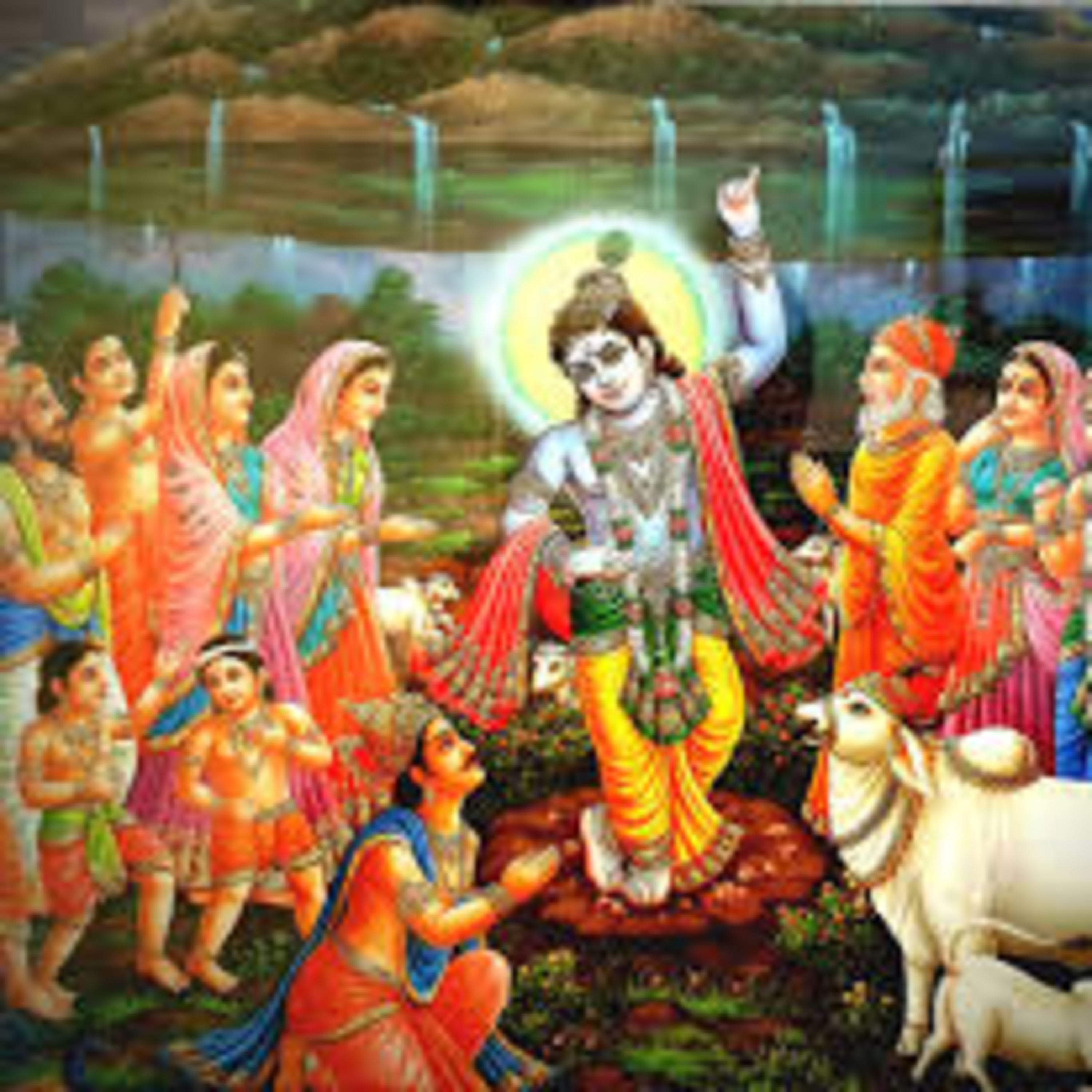
Dashkam 063 Govardhana as Umbrella
The Govardhana Dashakam, which is Dashakam 62 of the Narayaneeyam, narrates the episode where Lord Krishna advises the cowherds of Gokula to stop their annual ritual worship of Indra, the god of rain…
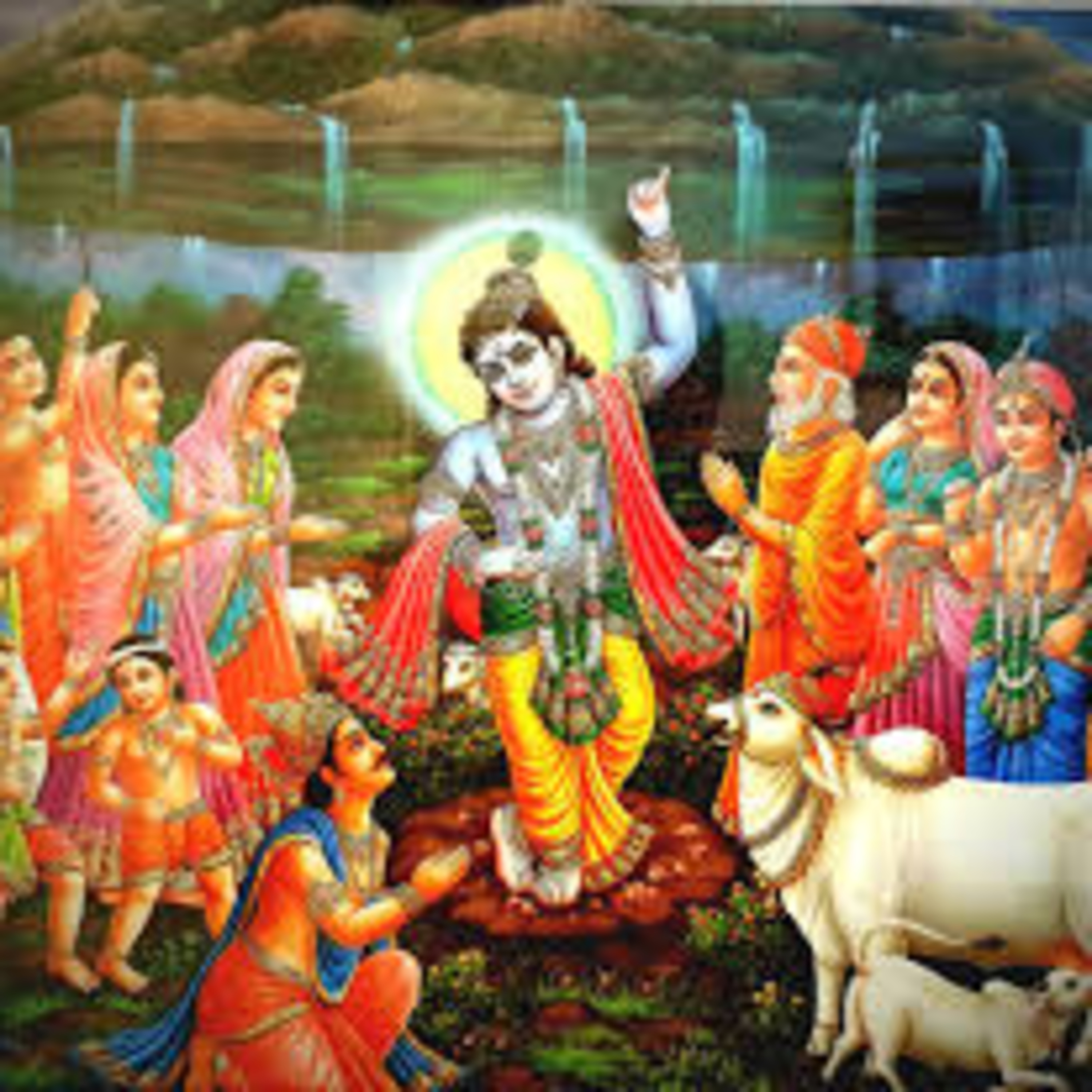
Dashakam 62 Govardhana
Dashakam 62 of the Narayaneeyam is significant because it narrates the episode of Krishna advising the cowherds to stop the annual sacrificial worship of Indra and instead worship Govardhana Hill. Kr…
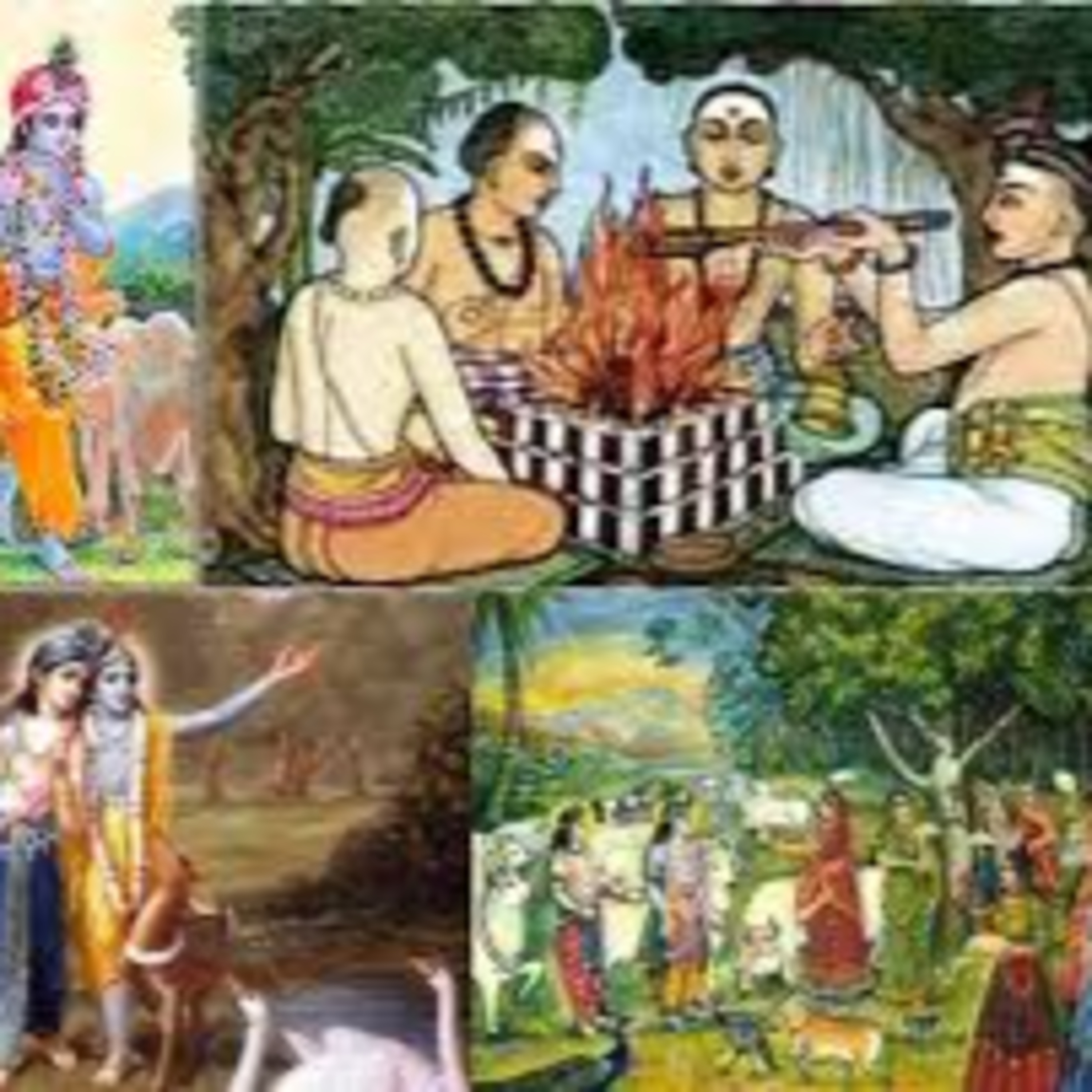
Dashakam 061 Brahmins Blessed
Dashakam 61 of the Narayaneeyam is significant for illustrating the superiority of devotion over ritualistic practices. In this Dashakam, Lord Krishna, along with the cowherd boys and calves, goes to…